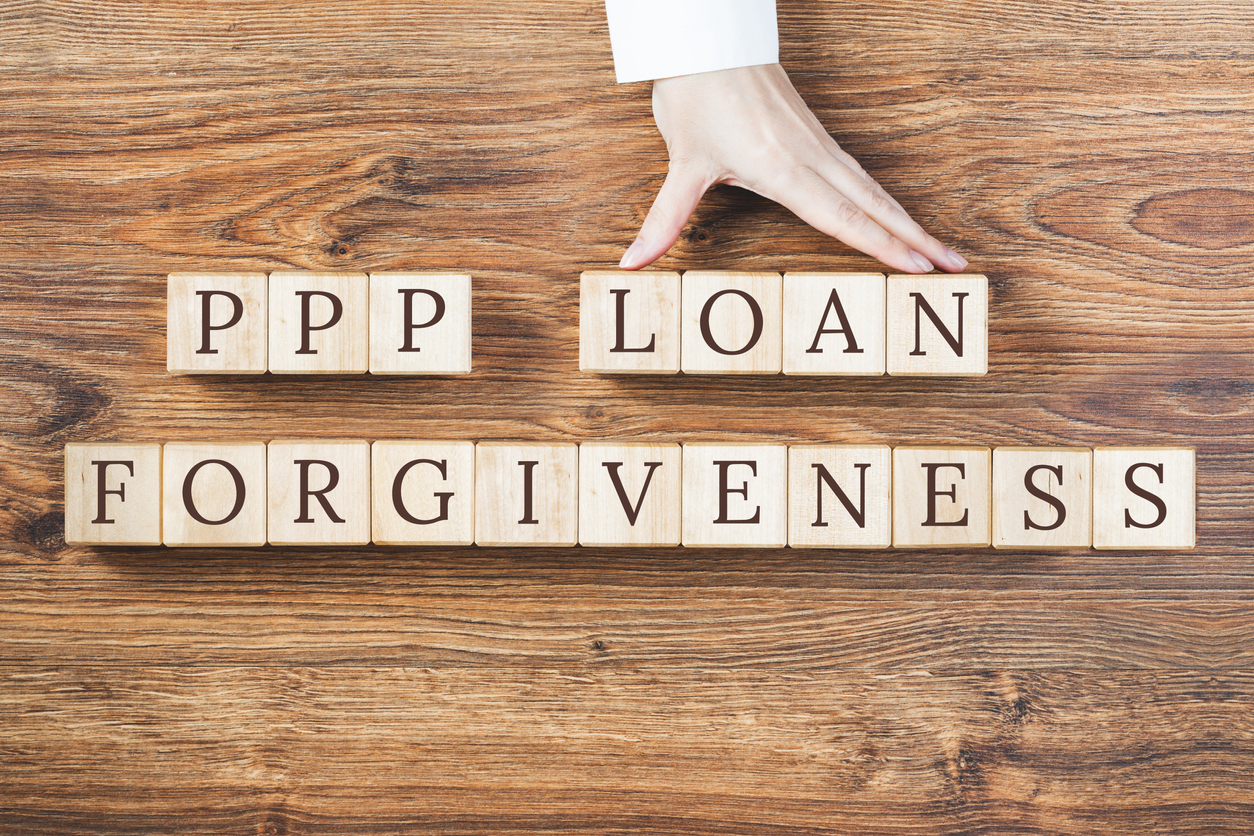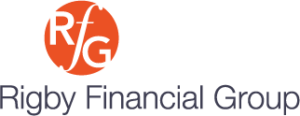New Updates: PPP Loan Forgiveness, Part 1

To Our Valued Clients and Friends:
Over the past year, we’ve talked a lot about loans from the U.S. Small Business Administration (SBA) under the Paycheck Protection Program (PPP), enacted as part of the Coronavirus Aid, Relief, and Economic Security Act (CARES), signed into law on March 26, 2020.
These loans have been and are being issued to small businesses to help offset losses due to the pandemic and, most importantly, to help employers keep employees on their payrolls.
PPP loans are forgivable to the extent that the loan proceeds are spent on eligible covered expenses within either the 8- or the 24-week period (covered period) immediately following the disbursement of the loan.
PPP borrowers have until 10 months from the last day of their elected covered period to apply for forgiveness of their loans.
Initially, eligible covered expenses were limited to:
A. Payroll and related costs, consisting of:
- Gross wages, including paid leave for vacations, sick time, parental, family, or medical leave
- Health insurance costs paid by the employer (employee-paid premiums are not deductible)
- Employer contributions to retirement and/or profit-sharing plans, such as 401(k)s, etc.
B. Lease/rental payments, so long as the lease or mortgage was in force before February 15, 2020
C. Mortgage interest payments provided the mortgage was entered into prior to February 15, 2020
D. Utilities (later guidance specified that businesses’ internet expenses were eligible as ‘utilities’), provided service began before February 15, 2020
Expansion of eligible covered expenses:
Since that time, SBA New Interim Final Rules (IFRs) and legislative activity via the Consolidated Appropriations Act (CAA), signed into law on December 27, 2020, and the American Rescue Plan Act (ARPA), signed into law on March 11, 2021, has expanded the definition of ‘covered expenses’ to include:
- Essential supplier costs
- Personal protective equipment
- Other expenses incurred in compliance with state-issued safety regulations
- Property damage from vandalism unreimbursed by insurance
Initially, payroll-related costs had to amount to 75% of PPP loan expenditures; however, this was later modified to 60%.
Changes for self-employed Schedule C filers:
Initially, self-employed business owners who file Schedule C along with their individual tax returns were permitted only to apply for loan amounts based upon the total of:
- Payroll-related costs, if the business had employees in addition to the owner, and
- Net profit, representing “owner compensation.”
However, on March 3, 2021, the SBA issued a New Interim Final Rule (IFR), which provided that self-employed Schedule C filers can now base their PPP Loan amounts on gross income, rather than net profit. This is, at least in part, to allow loan coverage for business operational costs which had previously been permitted for those PPP borrowers who file business tax returns but not to the self-employed business owner.
These newly eligible covered expenses include:
- Mortgage interest payments
- Business rent payments
- Business utility payments, if these are deductible on Schedule C
- Covered operations expenditures, to the extent they are deductible on Schedule C
- Covered property damage costs deductible on Schedule C
- Covered supplier costs deductible on Schedule C
- Covered worker protection expenses deductible on Schedule C
Unfortunately for those who had already applied for a PPP Round I or Round II Loan, these changes are not retroactive. They are applicable to PPP Loans applied for after the issuance of the IFR only.
Other changes of note:
The IRS ruled in 2020 that, while forgiven PPP loan amounts were not taxable as income, eligible expenses paid with forgiven PPP loan proceeds would not be tax-deductible. Despite pushback from legislators and business leaders, the IRS maintained this position until the enactment of the CAA, which specifically mandated the tax deductibility of such expenses.
An additional change made via the CAA was that previously if a business received both a PPP loan and an Economic Injury Disaster Loan (EIDL), any advance made on the EIDL had to be deducted from the forgivable amount of the PPP loan. Per the CAA, this requirement was rescinded.
These represent the most current changes to the requirements governing forgiveness of PPP loans – if you’ve been reading our emails, you know there have been quite a few SBA New IFRs we’ve reported on.
Next week, we’ll discuss the actual ins and outs of the forgiveness process as it stands at present and revisions to the forgiveness application forms and required documentation.
Stay tuned!
If you have questions on the PPP regarding applying either for a new loan or for forgiveness of an existing loan, please click here to email us directly – we are here to help.
Until next Wednesday –
Peace,
Eric
